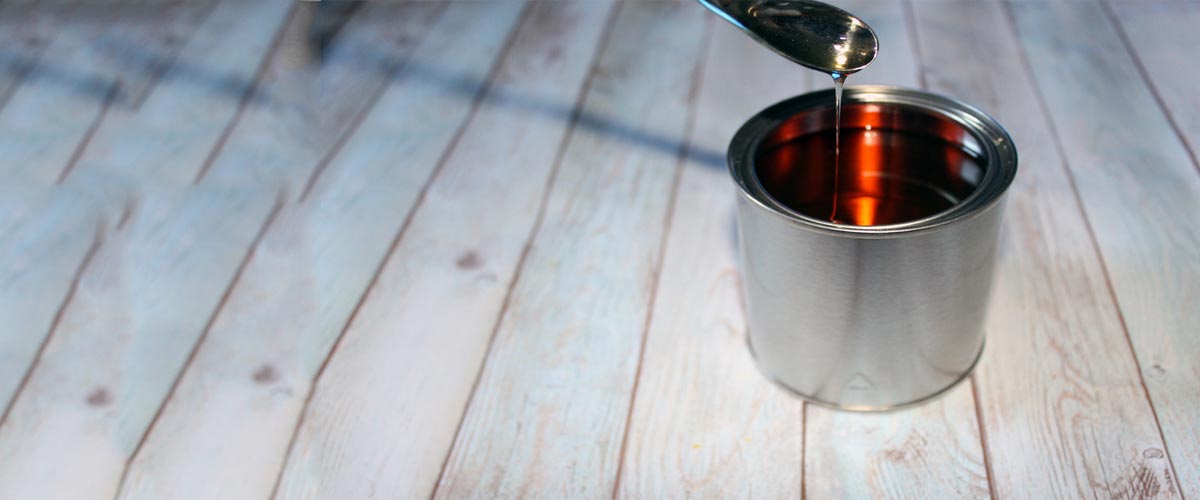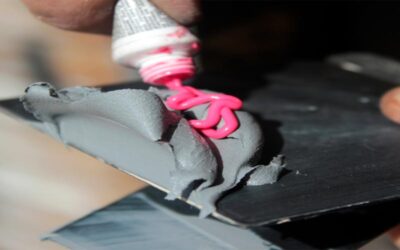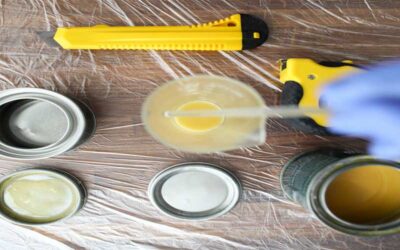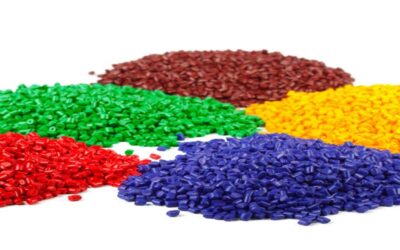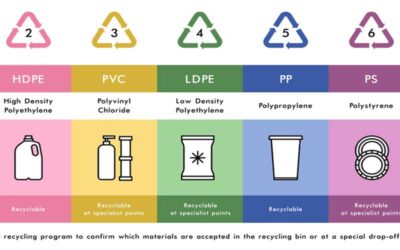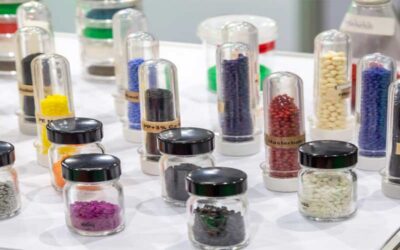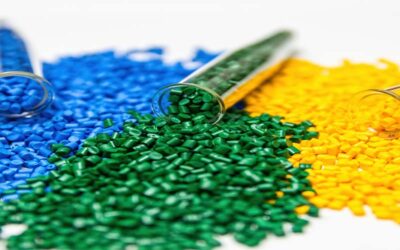Alkyd resin is a complex oil-modified polyester. It serves as the film-forming agent in the case of some paints and clear coatings.
Created in the 1920s, alkyd-based enamel paints were one of the most significant types of surface coatings. Because of their incorporation of unstable organic solvents and their low durability on outside surfaces, they’ve yielded preeminence to newer polymer systems.
Although, alkyds are still utilized in low-performance commercial coatings and in interior paints.
Let’s learn what is Alkyd Resin, its Definition, Properties, Function, History, Types, Advantages, Disadvantages, and the difference between Epoxy Resin and Alkyd Resin.
What is Alkyd Resin?
Alkyd is formed from alkyl which is a chemical abbreviation for alcohol, and acid. It denotes the chemical origin of the resin. That is generally based on a polymerization reaction between alcohol, including glycerol, and a dicarboxylic acid or its anhydride. For example, phthalic anhydride.
Properties of Alkyd Resin
Alkyd resins are thermoplastic polyester resins made through heating polyhydric alcohols with polybasic acids or their anhydrides. They’re utilized in making defensive coatings with correct weathering properties and are essential components in many synthetic paints because of their versatility and low expense.
Functions of Alkyd Resin
Alkyd resins are vital components in many artificial paints, varnishes, and enamels and find additional applications as thermosetting plastics that can be molded.
- The major applications are furniture and architectural coatings, product finishes, unique-motive coatings, and automotive refinishing primers. Alkyd-amino resin blends are likely the most essential group of alkyd resins.
- Many commercial baking enamels, including the ones for appliances, coil coatings, and automotive finishes, are primarily based on alkyd-amino resin blends.
- Chlorinated rubber is regularly utilized in combination with medium oil drying-type alkyds.
- The main applications are highway traffic paints, concrete floors, and swimming pool paints.
- The applications of alkyd and silicon resins consist of heat-resistant paints, marine coatings, and insulation varnishes.
- One of the essential attributes of alkyd resins is their exact compatibility with many other coating polymers. For example vinyl resins, i.e., copolymers of vinyl chloride and vinyl acetate which include hydroxyl groups can be formulated with alkyd resins to enhance their application properties and adhesion.
- These products are regularly used for making marine top-coat paints. Very long emulsified oil-drying alkyds, also are added to synthetic latex house paints to enhance adhesion to chalky painted surfaces, while medium to short oil alkyd resins is sometimes mixed with silicone resins with excessive phenyl content for air-dried or baked coatings to enhance heat or weather resistance.
- A few commercially essential chemical modifications of alkyd resins encompass vinylated alkyds, silicone alkyds, urethane alkyds, phenolic alkyds, and polyamide alkyds.
The History of Alkyd Resin
Swedish chemist Jons Jacob Berzelius created the first synthetic polyester. He made this in 1847. For this, he reacted glycerol (propane-1,2,3-triol) with tartaric acid (2,3-dihydroxy butanedioic acid).
After that, in 1901, Watson Smith discovered that a reaction of phthalic anhydride with glycerol produced heat-cured insoluble polyester resins.
Then, within 20 years, more work was conducted on these polyester materials. These works include the work of renowned chemist Wallace Carothers and others at General Electric, who began to explore the commercial value of these new polymers.
Types of Alkyd Resin
There are mainly two types of alkyd resins.
- One is drying which includes semi-drying too.
- And another is non-drying.
Both types are generally produced from dicarboxylic acids or anhydrides. For example; phthalic anhydride or maleic anhydride. Also produced from polyols. For example; trimethylolpropane, glycerine, or pentaerythritol.
Advantages of Alkyd Resin
Alkyd-based paints were a dominant product in the protecting coating marketplace in the 1930s. Even though they compete with water-based coatings including latex and acrylics, their specific properties still make them the desired coating for plenty of applications.
- They produce a long-lasting, tough, high-quality finish with fantastic barrier properties and water resistance.
- Their strong adhesion to almost every surface and their resistance to environmental elements make them a desired coating for machinery, architectural, commercial, and wood applications
- Easy-to-use formulations of alkyd-based paints make it feasible to use them without unique mixing or complex application equipment. Most formulations are applied with a brush, roller, or aerosol spray.
Even though they may be more costly than latex and acrylic paints, their performance advantages and simplicity of application have allowed them to maintain a large market.
Disadvantages of Alkyd Resin
Alkyd resin’s disadvantages include poor water and acid and alkali resistance.
How to Buy the Alkyd Resin
There are lots of alkyd resins in the marketplace. But how you will find the best alkyd resin for your project? Don’t worry, follow the article to find the best Alkyd Resin and hardeners for oil, paint, oil paint, ink, offset ink, and a primer.
And Visit the resin store to buy resins online at a cheap price.
Final Words
Despite challenges from many new coating resins developed through the years, alkyd resins as a group have maintained an outstanding role for 2 main reasons, their high versatility and low price.
The main reactions involved in alkyd resin synthesis are polycondensation by esterification and ester interchange. There are generally a few residual acidities in addition to free hydroxyl groups left in the resin molecules.
Alkyd resins are typically referred to by a short description based on certain category schemes primarily based on the nature of the fatty acid and oil period. The oil duration of an alkyd resin has profound outcomes on the properties of the resin.
I believe you have got a clear concept of the Alkyd Resin Definition, Properties, Function, History, Types, Advantages, Disadvantages, and the difference between Epoxy Resin and Alkyd Resin.
Read the pillar article to learn about all types of Resin Definitions, History, Types, Functions, Advantages, Disadvantages, and FAQ.

